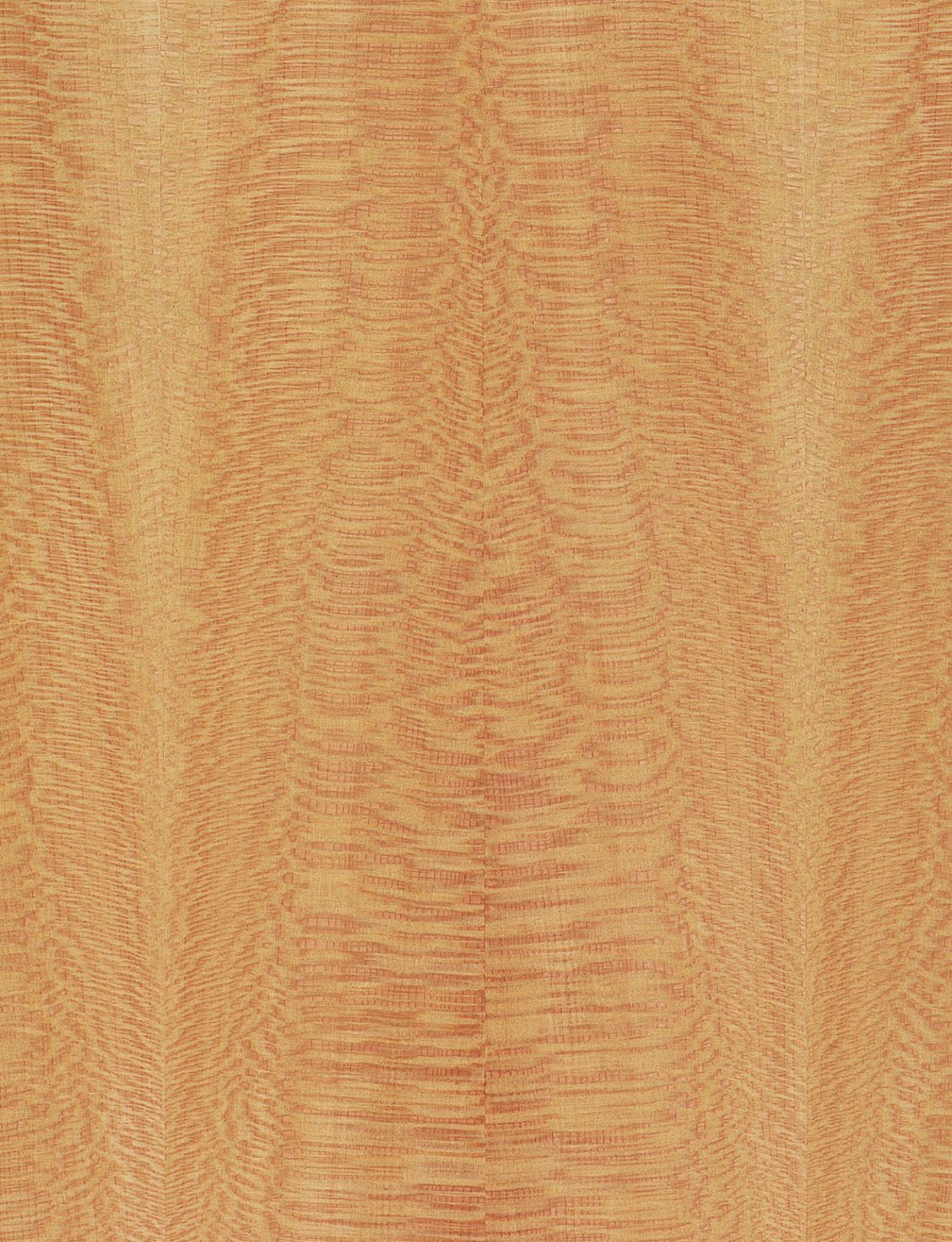
European Lacewood
Platanus acerifolia

Trade Names
Lacewood, Quartered Plane, European Lacewood
Origin
Europe
Range
All over Europe with exception of Northern and Northeastern Europe. Grows almost nowhere but alongside roads and in gardens and parks. No forestry cultivation. Lacewood trees often have large diameters.
Uses
Veneer for production of furniture and architectural purposes. The typical “snakeskin” marking is brought about by slicing true quarters, where rays are cut at an angle of 180° to produce decorative ellipse-shaped figuring.
Properties
The heartwood is reddish-grey to brown in color and changes to a wine-red when steamed. The longer it is steamed, the darker the color. Color variations within a log are common and often not to be avoided.
Machining
Lacewood can be machined well and easily with all tools. Planed surfaces have a beautiful luster.
Seasoning
Lacewood dries extremely quickly without any great risk of checking but there is a tendency to warp. However, drying too quickly can lead to honeycombing.
Finishing
Lacewood can be surface-treated easily and well with no difficulty. Polished surfaces give the best effect due to the texture.
Jointing
Glue, screw and nail joints are easy to produce and are durable.

